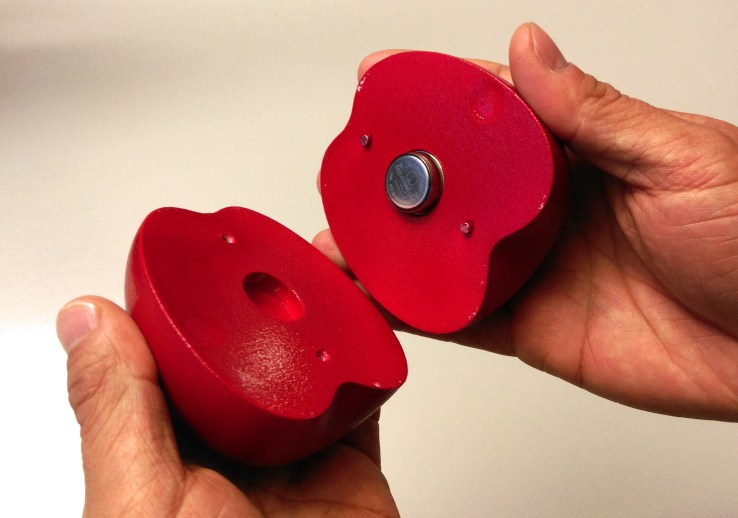- 30/03/2017
- Posted by: Unika
- Category: Business, Internet, Smartphones, Technology

Maybe you’ve been watching the BBC’s Spy in the Wild, through which meticulously recreated robotic animals cohabitate with their fleshy brethren and report all their secret goings and doings. However haven’t you ever questioned what fruit will get as much as in the course of the lengthy journey from its homeland to your native produce division? These robo-fruits, from Swiss R&D firm Empa, are your finest wager to search out out.
In fact, it’s not for a nature documentary, however somewhat for the shippers and grocery conglomerates that wish to be certain that their apples and oranges are arriving at their locations untroubled and unbruised. And it isn’t a high-definition digital camera however a temperature sensor. What had been you anticipating to see, in any case, in a cardboard field, in a darkish truck? Don’t be ridiculous.
The problem at hand is just that fixed and even refrigeration is important to maintain fruit contemporary and critter-free throughout transit. However having a thermometer within the truck, though essential, isn’t very actual. In spite of everything, isn’t the temperature completely different on the high and backside of the mattress, the within and outdoors of the pile of fruit packing containers and the back and front?
For that matter, are the apples chilly all through or simply on the skin? Ordinarily, shippers would take a look at this by pulling an apple out of the truck and testing its core temperature, however that’s time-consuming, may have an effect on the temperature and, after all, you aren’t going to drag an apple from the middle of the pile.
As a born apple-lover of gorgeous Washington state, I guarantee you this issues! I wouldn’t want a mealy apple or desiccated orange on my worst enemy. (Properly, perhaps only a chew.)
These little robo-fruits are the answer. They’re molded to the precise form of the fruit itself, and the fabric they’re manufactured from is personalized to be the common density of the fruit, as nicely. Meaning they’ll act identical to one with regards to settling of their field, warming and cooling and so forth. You pull it out on the finish of the journey and see the way it fared — they’re nonetheless engaged on including wi-fi.
“We’re creating separate sensors for every sort of fruit, and even for various varieties,” stated challenge chief Thijs Defraeye. Proper now they’ve Jonagold and Braeburn (my favourite) apples, Kent mangoes, oranges (unspecified sort, most likely navel), and “the traditional Cavendish banana.” I’ve by no means referred to as a banana by identify like that, so I’m guessing they imply banana bananas.
“Now we have performed comparative checks, and our filling offered way more correct knowledge and simulated the conduct of an actual piece of fruit way more reliably at completely different temperatures,” Defraeye continued.
Now, it’s not like we didn’t have the power to make pretend apples prior to now. Even 3D-printed ones (because the mould is on this case) we might have achieved a few years in the past. However I appear to recollect wax fruit going again not less than a century or two.
The advance right here is that these will be made cheaply and en masse. They’ll value round $50 every and might after all be reused, in contrast to fruit. Empa is at present testing its spy fruit “at Agroscope in Wädenswil.”
